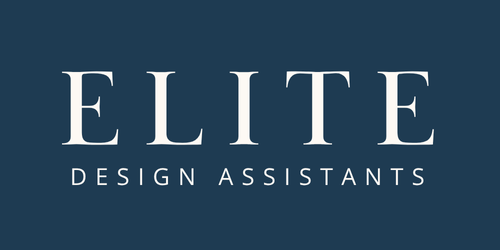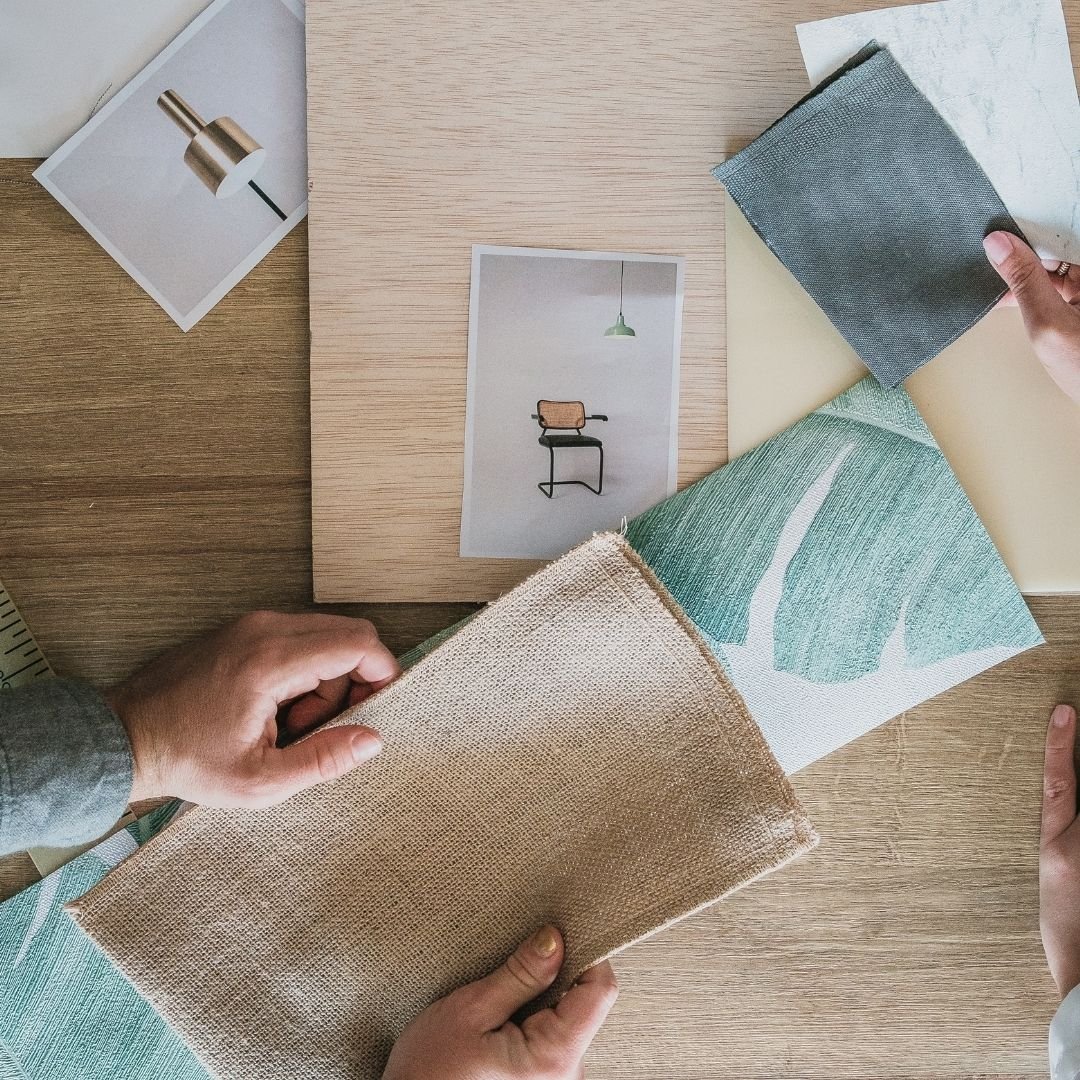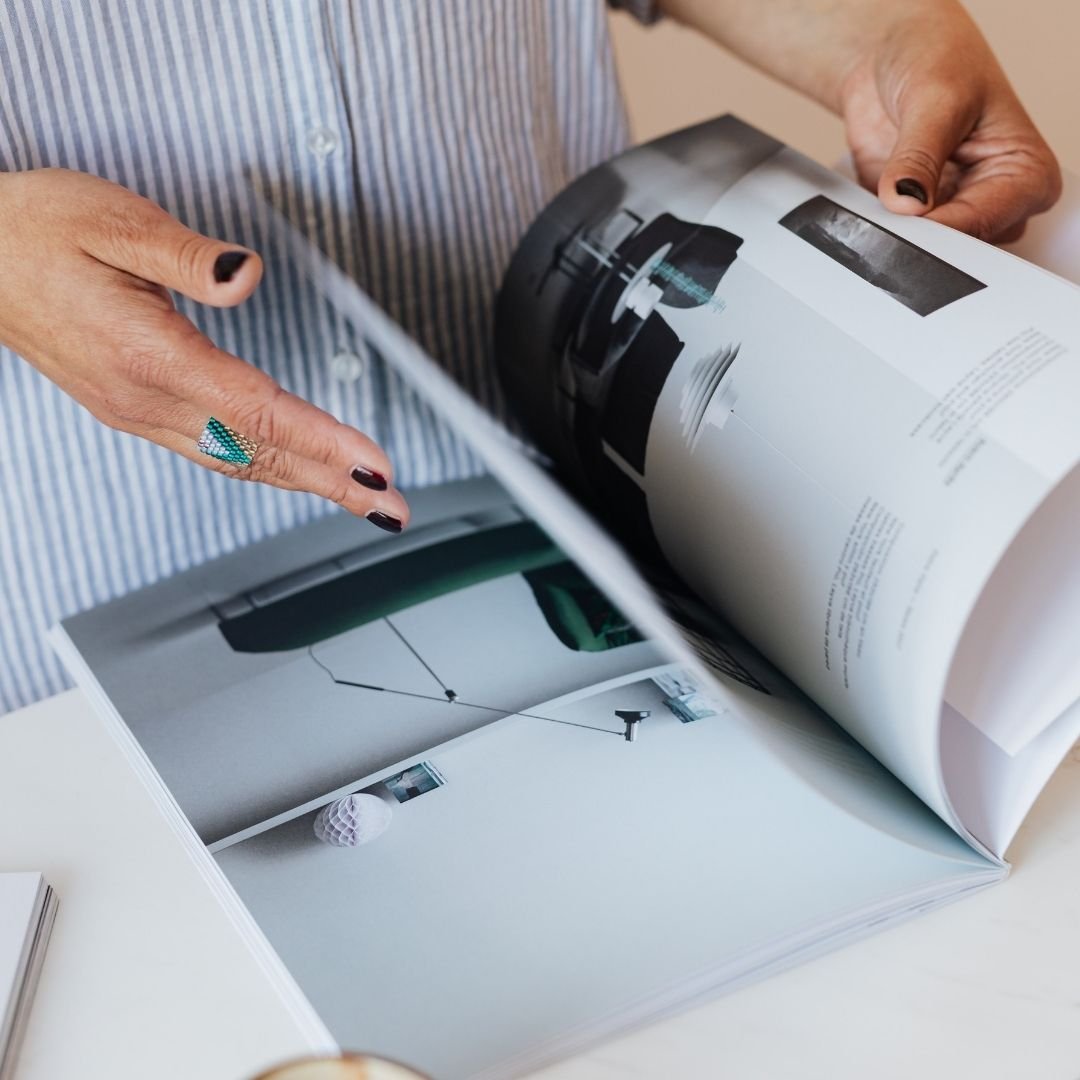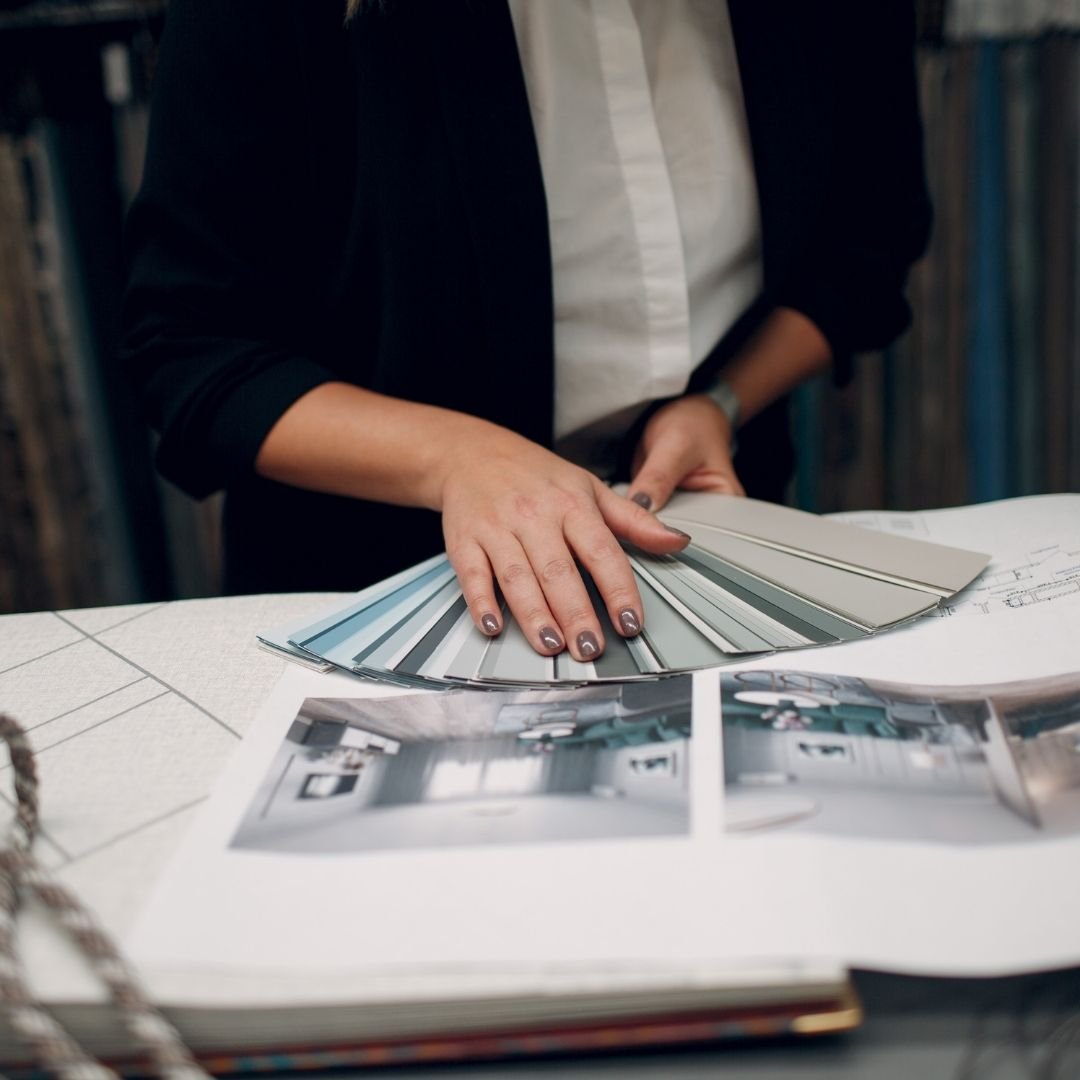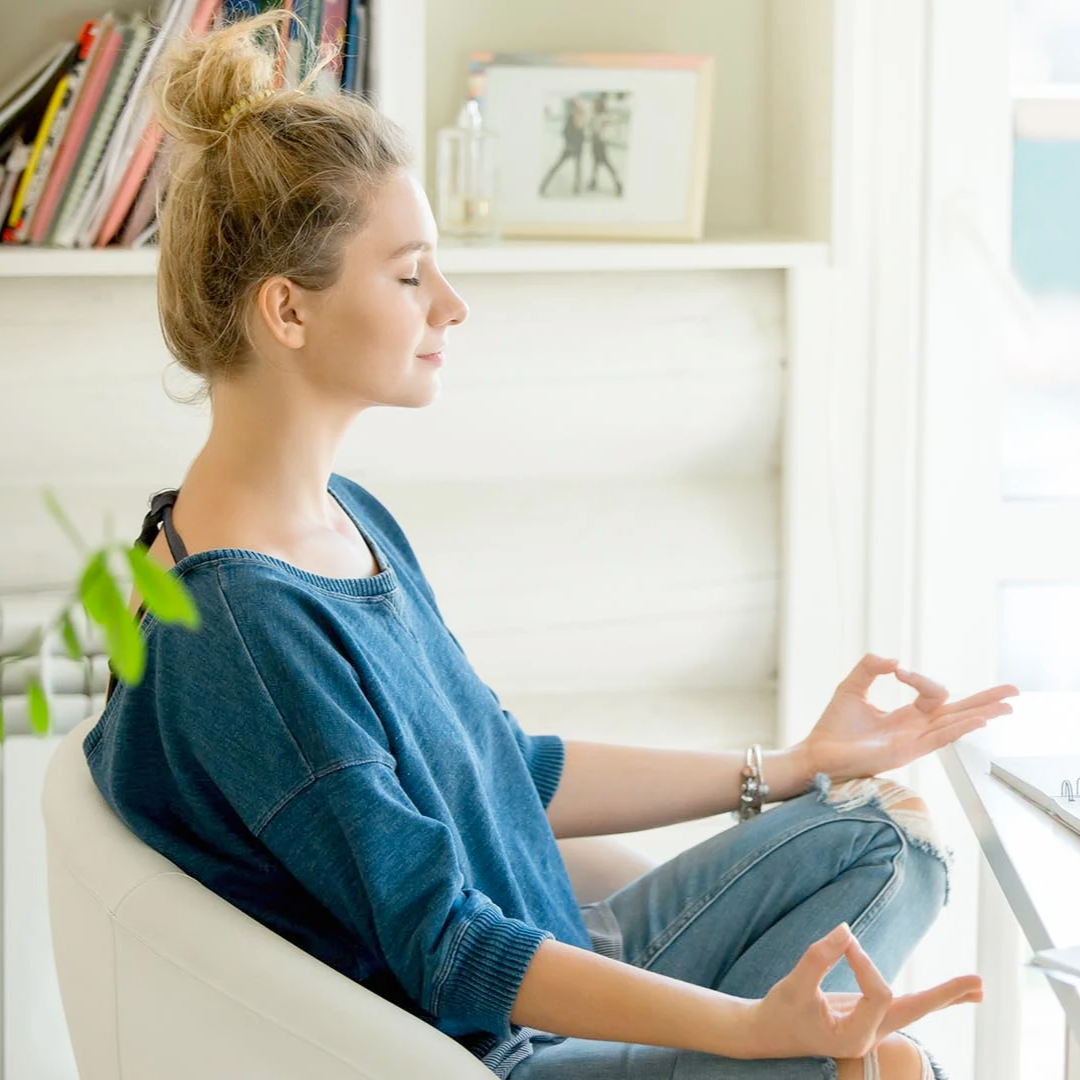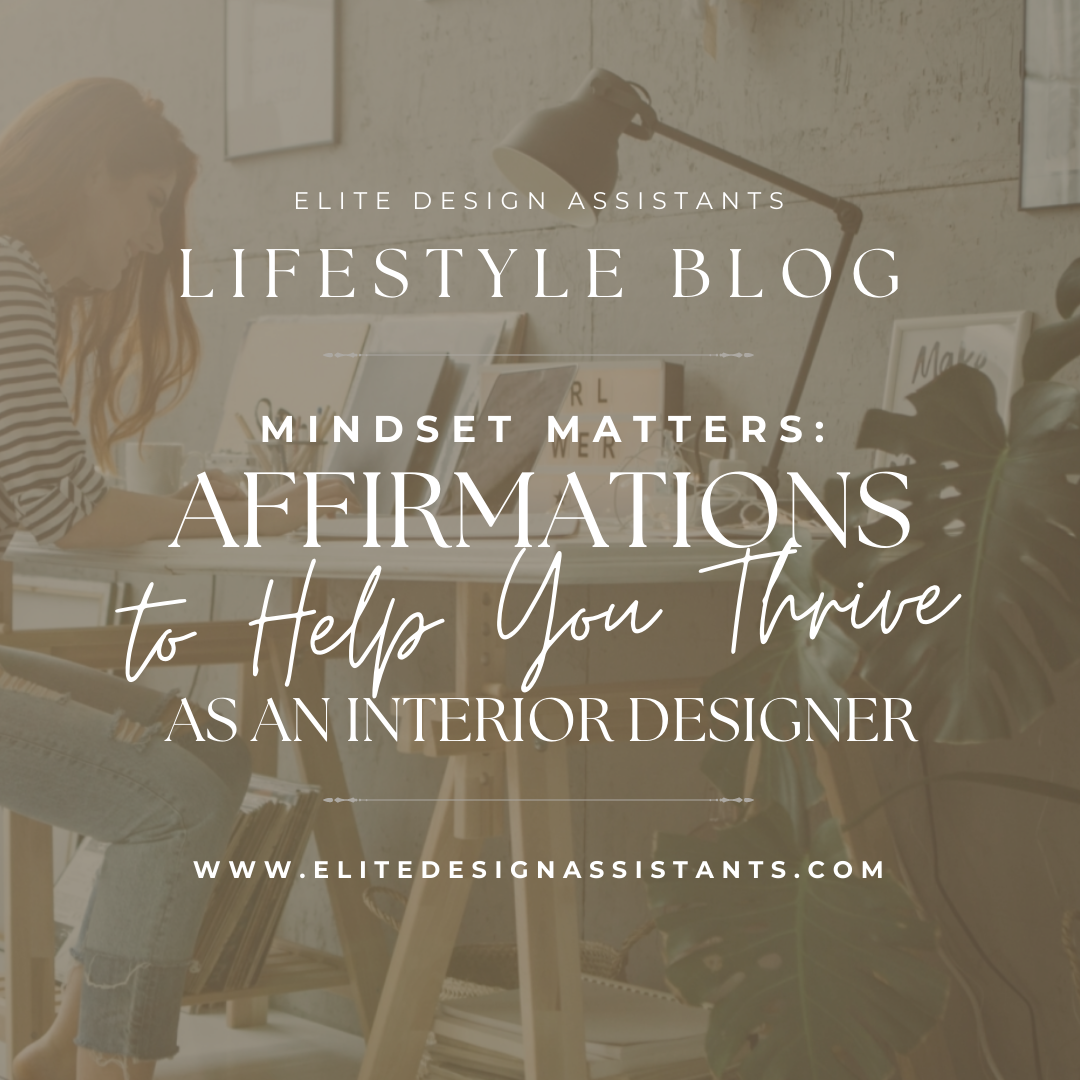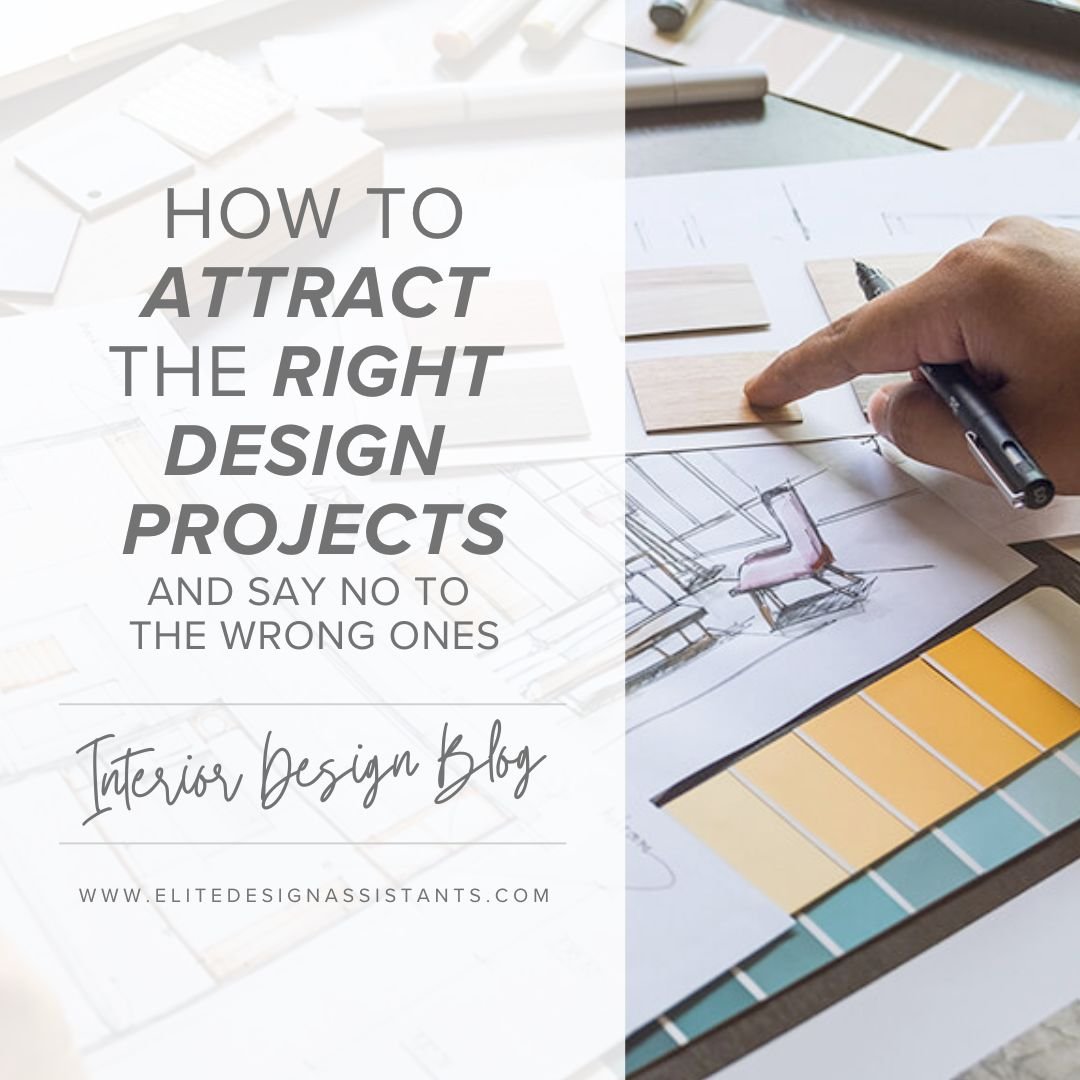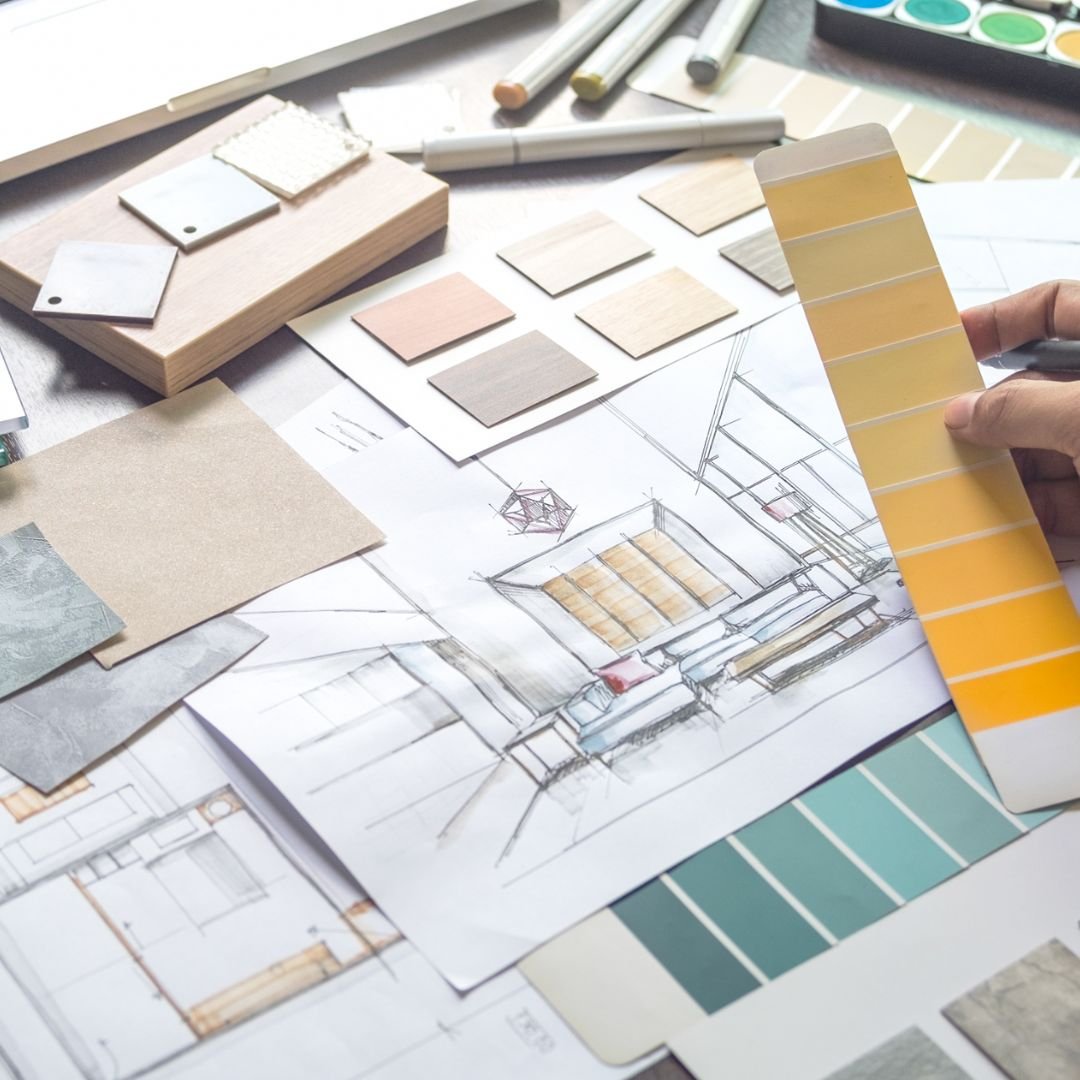This is it! Your opportunity to geek out and show off your interior design knowledge. Pull up a chair with a designer friend and grab a pen to note down your answers. And don’t worry! This is a multiple-choice quiz. From trends to industry jargon to design icons, let’s see how many questions you can get correct! The answers await at the end of the quiz–no jumping ahead and good luck!
1. The first known use of interior design was in which ancient civilization?
A) Roman
B) Egyptian
C) Mesopotamian
D) Greek
2. In interior design, what does the acronym FF&E stand for?
A) Form, Function & Elegance
B) Furniture, Fixtures & Equipment
C) Fashion, Form & Essentials
D) Flooring, Finishes & Embellishments
3. What was the first magazine solely dedicated to interior design?
A) Architectural Digest
B) Elle Decor
C) House Beautiful
D) The World of Interiors
4. What is the principle of design that refers to the visual weight distribution in a space?
A) Symmetry
B) Balance
C) Rhythm
D) Harmony
5. Which type of rug is traditionally handwoven in Morocco, known for its geometric designs and plush texture?
A) Persian Rug
B) Kilim Rug
C) Berber Rug
D) Shag Rug
6. Who is considered the father of modern architecture and design?
A) Frank Lloyd Wright
B) Le Corbusier
C) Marcel Breuer
D) Charles Eames
7. What does the term 'Biophilic Design' emphasize?
A) Use of sustainable materials
B) Incorporation of technology
C) Connection to nature
D) Historical architecture
8. Who designed the iconic Egg Chair?
A) Eero Saarinen
B) Arne Jacobsen
C) Harry Bertoia
D) Charles and Ray Eames
9. What is a cantilever in the context of furniture design?
A) A type of legless chair supported at one end
B) A decorative bracket
C) A type of table with a single, central foot
D) A shelving unit attached directly to the wall
10. Which term refers to a small, luxurious room designed for reading and relaxation?
A) Conservatory
B) Boudoir
C) Snug
D) Nook
11. Which designer is credited with the creation of the Wassily Chair, one of the first pieces of tubular steel furniture?
A) Ludwig Mies van der Rohe
B) Marcel Breuer
C) Alvar Aalto
D) Eileen Gray
12. 'Feng Shui' is a practice originating from which country?
A) Japan
B) China
C) South Korea
D) Thailand
13. The 'Chesterfield' is a type of what?
A) Sofa
B) Lamp
C) Rug
D) Coffee table
14. Which interior designer is famous for saying, "More is more and less is a bore"?
A) Joanna Gaines
B) Iris Apfel
C) Philippe Starck
D) Kelly Wearstler
15. What design movement is the 'Sputnik Chandelier' a symbol of?
A) Art Nouveau
B) Mid-Century Modern
C) Victorian
D) Art Deco
16. What does 'VOC' stand for in eco-friendly interior design?
A) Variety of Colors
B) Verification of Compliance
C) Volatile Organic Compounds
D) Visual Optical Clarity
17. The 'Roaring Twenties' influenced which interior design style?
A) Modernism
B) Art Deco
C) Victorian
D) Bauhaus
18. Which architect famously lived in a house with no right angles, believing they were unnatural?
A) Zaha Hadid
B) Antoni Gaudí
C) Frank Gehry
D) Renzo Piano
19. "Memphis Design" emerged in which city?
A) Memphis, USA
B) Milan, Italy
C) Paris, France
D) Tokyo, Japan
20. What is the most expensive furniture piece ever sold?
A) The Dragon Chair by Eileen Gray
B) The Badminton Chest
C) The Tufft Table
D) Ruijssenaars Magnetic Floating Bed
Ready to see how you did? Here’s the answer key below:
ANSWERS: 1B; 2B; 3C; 4B; 5C; 6A; 7C; 8B; 9A; 10C; 11B; 12B; 13A; 14B; 15B; 16C; 17B; 18B; 19B; 20B
So, how did you fare? Whether you're now basking in the glow of your expertise or adding a few new gems to your knowledge bank, it's clear that there is always more to learn in this industry. I hope you’ve enjoyed this little game of trivia. Thank you for joining in on the fun!
xx, Danae
